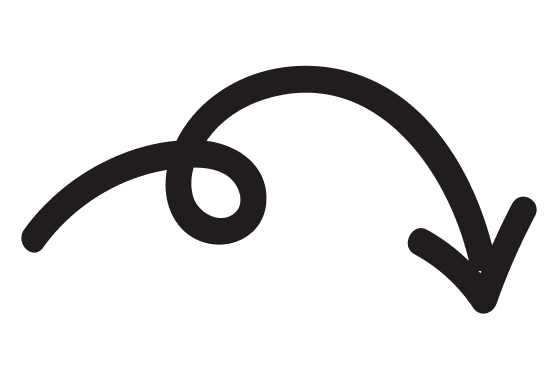In a past position I used to sit between the sales team and the MD (literally, my desk was an island on its own between them) and once a month the operations manager would appear with a list of aged stock, how old and their value. The sales team were given copies and asked to quote these items when doing larger orders as they could offer discounts on them and it got them off the shelf.
After a while I saw a trend… The list was getting longer!
I asked the MD if I (and in this case it was most definitely just ‘I’ as it was a marketing team of one) could be included on the circulation of this list as I had an idea.
Outbound marketing communications were somewhat limited to newsletters and product updates (and with a range of over 200, these were frequent), but they rarely directly drove any sales.
Once a month I would take the list and format it into a very simple email, including: product name, quantity, original price, discount percentage and discounted price. I ran the email by the sales manager and the MD for the discounted rates and prices to be agreed and the email went out to everybody that had been a customer. The first time we did this we had four or five enquiries for batches of units and these went straight over to the sales team to complete – meaning the aged stock went down. We tried again next month and once again we shifted more old stock. The next month we targeted the email to people who had purchased certain types of products or products that complimented past purchases, this created more emails and each one garnered engagement. We were on a roll.
It’s not rocket science, it is just encouraging sales out of stock that might not otherwise get sold. If it’s sat on the shelf, it is costing money. Mailchimp (and other ESP’s) could help you target emails to past purchasers and people who have purchased similar and compatible items through segmentation. These messages can become very granular and become quite personal in their tone too, engaging with your audience.
Another thing this type of email can help drive is re-engagement with an audience that might have only come to you for one specific item 12-24 months before and they haven’t been back since. The reduced price item that is now costing you money to store on the shelf is a good reason to communicate with this customer again and also highlight newer items that work with or could replace the item previously purchased.
So how do you go about this? Easy, follow the steps below and both the sales and operations teams will thank you.
- Get a list of aged stock including quantities, costs and current value
- Agree a discount rate for all items that can be advertised
- Design a simple but effective email to send out to your customer base
- This could be a list of items and prices
- Highlighting a specific product and its discount + a scarcity message
- A list of manufacturers and a link to an off-menu part of your website or webshop to access the discounts.
- Set up the email to go out to either the entire database or segments based on past purchase behaviour (product and type dependant), ideally excluding people who have recently purchased these items (nobody wants an email a week later to say they could have had it for 10, 20 or even 50% less than they paid).
- Turn conversations on so that you can track them coming back in and prove the ROI
- Feed in to the sales funnel
- Feel the love and repeat
